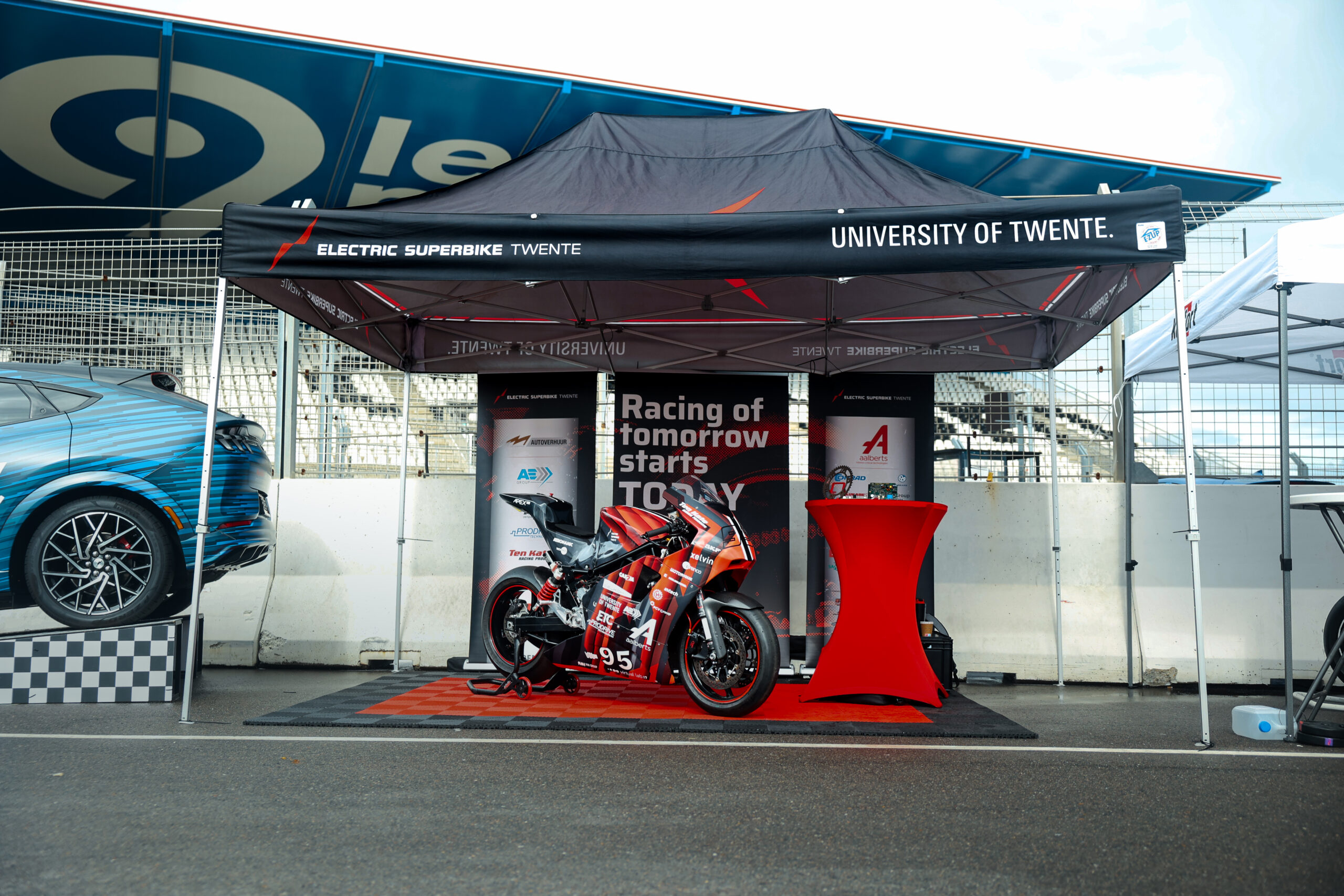Media
News
Newsletter March 2021
Assembly will start soon and the reveal is nearing!
Newsletter February 2021
We received a lot of parts from our partners!
Newsletter January 2021
The start of the new year means we can start producing!
Newsletter December 2020
Spending the last weeks of 2020 working on the bike and getting ready for an amazing 2021!
Newsletter November 2020
We held the Technical Presentation for our partners and we moved into the brand new offices!
Newsletter October 2020
Making great progress in our design!
Newsletter September 2023
In September we went to many different events, you can read about it in the newsletter!











